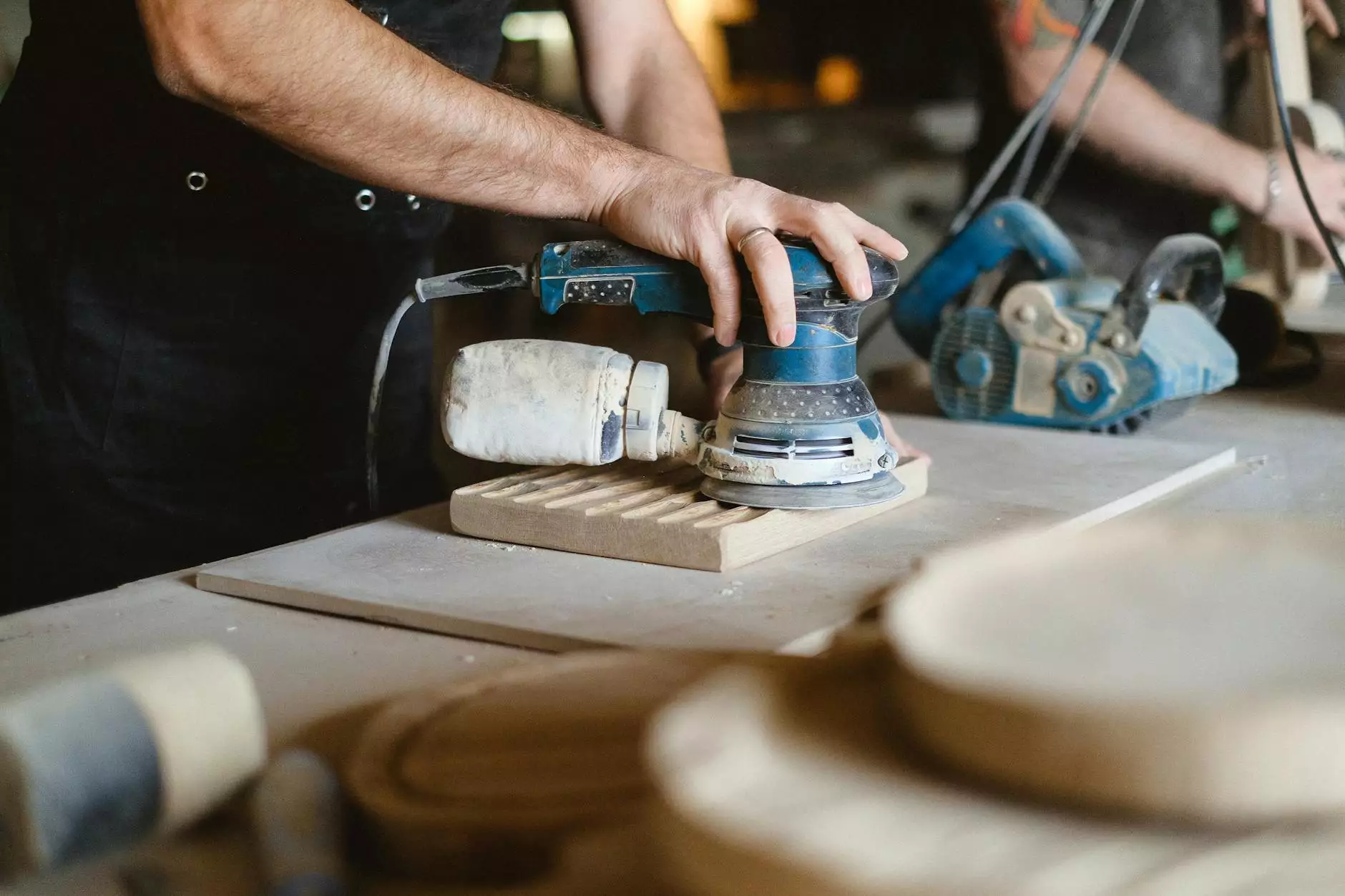The Essential Guide to Car Braking Systems

Understanding the Car Braking System
The car braking system is one of the most crucial components of any vehicle, ensuring safety and control on the road. A reliable braking system allows drivers to stop their vehicles promptly, avoiding accidents and potential injury. In this comprehensive guide, we will explore the various aspects of car braking systems, including their components, types, maintenance tips, and the latest innovations in braking technology.
Components of a Car Braking System
The braking system consists of several key components that work together to stop the vehicle:
- Brake Pads: These are friction materials that press against the brake rotors to slow down the vehicle.
- Brake Rotors: Also known as brake discs, these discs provide a surface for the brake pads to clamp down on, converting kinetic energy into thermal energy.
- Brake Calipers: These are the clamps that house the brake pads and push them against the rotors when the brake pedal is pressed.
- Master Cylinder: This component converts the force from your foot on the brake pedal into hydraulic pressure that engages the brake calipers.
- Brake Lines: These are the tubes that carry brake fluid from the master cylinder to the calipers.
- Brake Fluid: This hydraulic fluid transfers force within the braking system, ensuring effective stopping power.
Types of Car Braking Systems
Car braking systems can be categorized into two primary types:
- Disc Brakes: Utilized mostly in modern vehicles, disc brakes feature a rotor that the brake pads squeeze against to create friction. This system is known for its efficiency and ability to dissipate heat.
- Drum Brakes: Found in older vehicles and some budget models, drum brakes use a friction lining inside a drum. While they are effective, they are generally less efficient than modern disc systems.
How the Car Braking System Works
The operation of the car braking system centers on hydraulic mechanics. When the driver presses the brake pedal, the master cylinder activates, sending brake fluid through the brake lines to the calipers. The calipers push the brake pads against the rotors, generating the necessary friction to slow the vehicle down. This process is both powerful and essential for maintaining control when stopping.
Signs Your Brakes Need Maintenance
It's vital to stay alert to signs that your braking system may require maintenance:
- A squeaking or squealing noise when applying brakes
- Vibration in the brake pedal
- A soft or spongy brake pedal
- A pulling sensation to one side when braking
- Indicator lights on the dashboard
Importance of Regular Maintenance
Regular maintenance of the car braking system is crucial for enhancing vehicle performance and ensuring driver safety. Scheduled inspections can help identify and address potential issues before they escalate. Key maintenance practices include:
- Inspecting Brake Pads: Check their thickness regularly and replace them when worn down to maintain optimal braking efficiency.
- Changing Brake Fluid: Over time, brake fluid can absorb moisture, reducing its effectiveness. Flushing and replacing the fluid is recommended every two years.
- Checking Brake Rotors: Look for signs of warping or scoring on rotors, as these can impact braking performance.
- Testing Brake Calipers: Ensure calipers are functioning correctly and not sticking, which can lead to uneven tire wear and reduced stopping power.
Upgrading Your Car Braking System
Upgrading various components of your braking system can significantly improve your vehicle's safety and performance. Here are some options to consider:
- Performance Brake Pads: These pads offer better heat resistance and improved stopping power, ideal for spirited driving or off-road conditions.
- Aftermarket Brake Rotors: Slotted or drilled rotors enhance airflow and cooling capabilities, reducing fade during heavy braking.
- Big Brake Kits: These kits increase braking surface area, greatly improving braking power and consistency.
- Brake Lines: Upgrading to stainless steel braided brake lines can enhance the responsiveness of brake pedals by minimizing flex.
Innovations in Car Braking Technology
The automotive industry is continually evolving, leading to innovative technologies aimed at improving braking systems:
- Anti-lock Braking System (ABS): This technology prevents wheel lock-up during hard braking, allowing drivers to maintain control.
- Electronic Brake-force Distribution (EBD): This system optimally distributes braking force among all wheels based on load conditions.
- Brake Assist: This feature applies additional braking force during emergency stops, enhancing stopping power.
- Automatic Emergency Braking (AEB): This system detects an impending collision and automatically applies the brakes to mitigate impact.
Choosing Quality Auto Parts at imautoparts.com
When it comes to replacing or upgrading your car braking system, quality parts are essential. At imautoparts.com, we offer a wide selection of top-grade auto parts and supplies tailored to meet your vehicle's specific needs. Here’s why you should consider sourcing your parts from us:
- Vast Selection: We stock a comprehensive range of brake pads, rotors, calipers, and other essential components suitable for various vehicle makes and models.
- Quality Assurance: Every part we offer is sourced from reputable manufacturers, ensuring reliability and performance.
- Expert Guidance: Our knowledgeable staff can assist you in selecting the right components and provide advice on installation and maintenance.
- Competitive Pricing: We strive to offer the best prices without compromising on quality, making it easier for you to keep your car safe and efficient.
Conclusion
In conclusion, understanding the car braking system and its components is key to maintaining the safety and efficiency of your vehicle. Regular inspections, timely maintenance, and upgrades are essential practices for every car owner. With the wide array of options and innovations available today, enhancing your braking system has never been easier. Trust imautoparts.com for all your auto parts and supplies, ensuring that your vehicle remains in optimal condition for the road ahead. Prioritize your braking system today, and drive safely!









